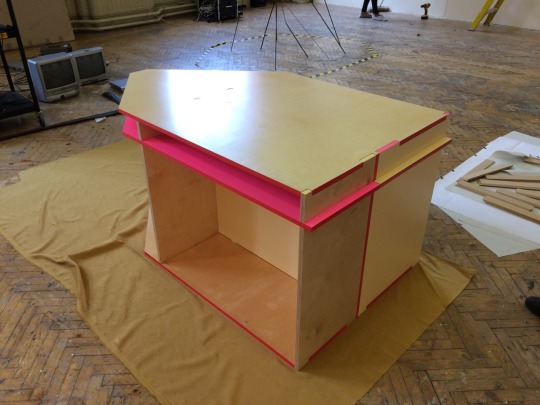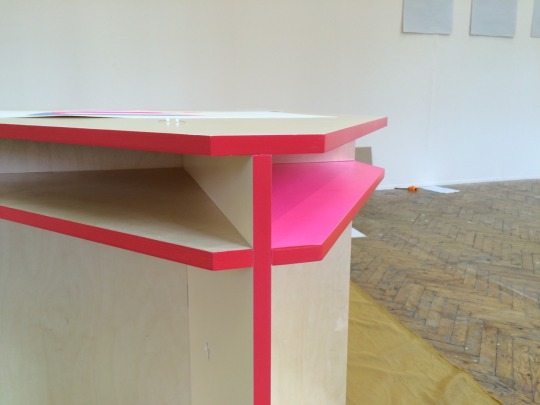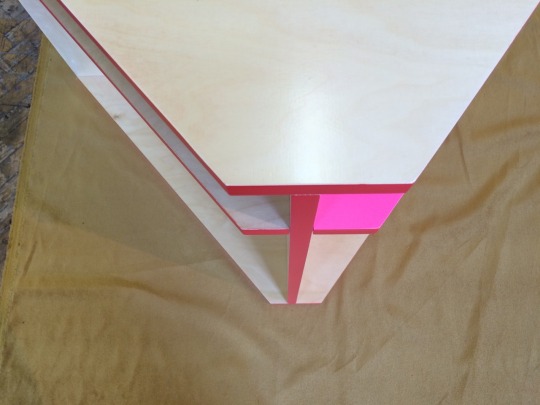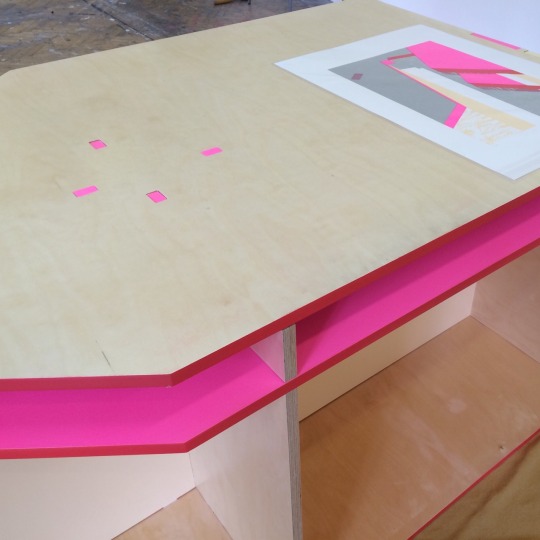#2Ddevelopment
Explore tagged Tumblr posts
Text
Transforming Experiences: Leading as the Best Game Development Company
In the dynamic realm of game development, augmented reality (AR), and virtual reality (VR), our company stands at the forefront of innovation. With a steadfast commitment to pushing the boundaries of what’s possible, we specialize in creating transformative experiences that redefine traditional gaming and industry operations alike.
Transformative Game Development Expertise
At Virtualize Technologies, recognized as the best game development company, we excel in crafting both multiplayer and single-player games for PC and mobile platforms (Android & iOS). Whether it’s hyper-casual games for quick entertainment or immersive role-playing and simulation games, our team of dedicated developers, UI/UX designers, and artists ensures each project achieves excellence.
Pioneering AR and VR Solutions
Beyond traditional gaming, we specialize in augmented reality (AR) and virtual reality (VR) development. Leveraging the latest technological breakthroughs, we create AR/VR experiences that immerse users in entirely new worlds. From interactive metaverse environments to practical applications in various industries, our solutions redefine how businesses engage with their audiences.
Our Comprehensive In-House Team
Our success stems from a diverse and talented in-house team comprising developers, UI/UX designers, 2D and 3D artists, game producers, animators, and dedicated testing professionals. This cohesive collaboration ensures that every project, from initial concept to final release, is guided with expertise and precision.
Bringing Innovative Projects to Life
We’re not just developers; we’re innovators committed to making a lasting impact. By blending creativity with technical prowess, we transform ideas into reality. Whether you’re looking to launch a groundbreaking game, explore AR/VR possibilities, or revolutionize an industry, we’re ready to connect and collaborate.
Let’s Connect and Create Together
Join us in the journey of pushing boundaries and creating the future of gaming and beyond. Together, we can turn visionary concepts into extraordinary realities. Contact us today to discuss how we can bring your next project to life with our cutting-edge game development, AR, and VR solutions.
Conclusion
Our company, recognized as the best game development company, we’re driven by a passion for innovation and a commitment to excellence. Through our expertise in game development, augmented reality (AR), and virtual reality (VR), we’re poised to transform experiences and redefine possibilities across diverse sectors. Explore the future of interactive entertainment and industry applications with us — where imagination meets technology, and extraordinary becomes the norm.
0 notes
Text
Melbourne Video Game Cult(ure)
In an article titled "The Melbourne indie game scenes: Value regimes in localized game development" by Brendan Keogh, the author examines video game culture and discusses how value is constructed within the (indie) gaming community in Melbourne, Australia (Keogh 2021). The author analyses the cultural and economic factors that influence how value is defined in the indie game scene, including; social and cultural significance of games— as well as the financial gain that they can bring (Keogh 2021).
This text defines an 'indie game' as a video game created independently by small teams or individual developers, rather than traditionally being backed by large game development companies that prioritise financial gain over playable experience (Keogh 2021). These are now the broader differences between indie and commercialised games. According to Keogh (2021), this is a non-homogenous way of describing a video game maker, which encompasses a range of different identities, ambitions, aesthetics and themes that may not be as profitable in the eyes of these large corporations.
Indie games appear to value a consumer's experience and overall creativity over "economic pursuit" (Keogh 2021, p. 220), which I believe is what makes a game stand out and stay with a consumer. This idea often leads to customer loyalty (i.e. repeat customers) for upcoming releases. Large brand corporations will generally achieve success for well-marketed game releases due to a larger budget, however, it does not always receive praise, especially when it's clear that money was the motivating factor. Similarly to this idea, large corporations may not rely as heavily on good storytelling when they have huge budgets and great artwork to hide behind, and in many cases, this will be enough for the average consumer— yet when it comes to indie games they need to excel at great storytelling and unique graphics to stand out and perform (MacDonald 2021).
'Game Development as Cultural Industry' by Aphra Kerr (2006) looks at the relationship between game development and broad cultural and economic factors, and discusses potential tension that can arise when cultural and artistic values clash with mentioned market-driven imperatives. This demonstrates the divide between financial success and creative freedom that developers at times will have to choose between, as it is difficult to cater to both in the current climate. However, it is interesting to note that the most popular game in the world, Minecraft, was actually independently developed and has sold 238 million copies since its release in 2011 (Parker 2023). This goes to show that prioritizing player experience and creativity can lead to commercial success. In an environment where big companies with large budgets tend to dominate the market, it is refreshing to see that an independent game with a focus on quality and innovation can still come out on top.
References:
Keogh, B., 2021, The Melbourne indie game scenes: value regimes in localized game development (Chapter 13), P Ruffino (ed.), Independent Videogames: Cultures, Networks, Techniques and Politics, Routledge, Abingdon, Oxon; New York, NY, pp. 209-222.
Kerr, A., 2006, Game development as cultural industry, In M. Wolf & B. Perron (Eds.), The video game theory reader (pp. 399-415), Routledge.
MacDonald, K., 2021, Games industry must put art before profit to truly flourish, The Guardian, <https://www.theguardian.com/games/2021/jan/05/games-industry-must-put-art-before-profit-to-truly-flourish>
Parker, S., 2023, Ranked: The Best Selling Video Games in History, Visual Capitalist, <https://www.visualcapitalist.com/cp/ranked-the-best-selling-video-games-in-history/#:~:text=Top%20Ten%20Video%20Games%20Sold%20in%20History&text=The%20independently%2Ddeveloped%20(indie),top%20spot%20on%20this%20list.&text=Super%20Mario%20Bros.,-58.0M&text=Minecraft%20sold%20more%20units%20than,made%20by%20industry%20giant%20Rockstar.>
0 notes
Photo




Displaying my prints and 2D designs next to my flatpack furniture. Obvious observations are that the aesthetics of the work are similar: sharing forms and colour.
Although the design work and art making could be seen as two separate enterprises they of course emanate from the same conceptual basis and have developed with each other.
The initial colour choices alone were purely aesthetic to begin with. It developed from the very early paper cuts which then turned into a colour palette that I wanted to keep constant throughout the project to link all the work. However the colour then developed into a tool to highlight areas of interest in my prints or to show areas of functionality in the furniture. e.g. the profiling of boxes in different bright colours show storage spaces or shelves. I thought very carefully about colour balance in designing the prints - sketching red boxes or pink shapes to draw peoples attention to 3D forms.
I could think to develop the colour further - colour coding the furniture, each colour could represent a different action or use within the workspace.
Although functionality in my design has compromised a few things of the original artistic elements, the origin of the shapes and colour has always related back to my 2D work. If someone with a different practice and way of image making experimented with the same process of creating functional furniture they would finish with very different results. Through collaboration of ideas and knowledge with different people I have been able to construct functional design pieces, however I feel the design and artistic choices have been original to 2D work.
0 notes
Photo

Now I see the furniture physically here full size, it would be great to create more flat images of the colours working together, looking at different profiles that I could then use to design more screen print compositions. This way I can always link the 3D work back with the 2D, playing off each other to push both designs forward.
0 notes